
Rent Surge Generators
Related:

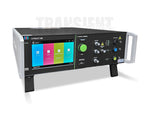
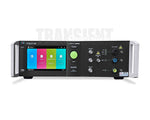
EM Test NX5 bsp-1-300-16 - Rent 5 kV Surge & EFT Generator
- Configuration: 5 kV Surge, 5.5 kV Burst, & Power Fail
- Built-in single phase CDN Max 300 V/16 A AC or DC
- Laptop with iec.control software included
Monthly Rental-
$1,550
In Stock
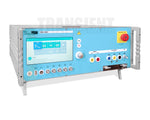
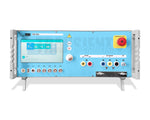
EMC Partner IMU-MGS - Rent 4 kV Surge & EFT Generator
- 4.1 kV Surge & 4.4 kV EFT/Burst Generator
- Built-in CDN Max 300 Volts 16 Amps AC & DC
- Model: IMU-MGS F4-S4-P
Monthly Rental-
$1,500
In Stock
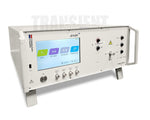
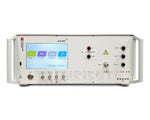
Haefely AXOS5 - Rent 5 kV Surge & EFT Generator
- 5 kV Surge & EFT Immunity Test System
- Built-in CDN Max 264 V/16 A AC or 220 V/10 A DC
- Capabilities for Voltage Dips Testing with DIP 116
Monthly Rental-
$1,400
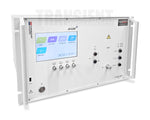
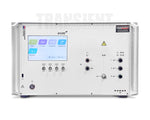
Haefely AXOS 8 - Rent 7 kV Transient Test Generator
- 7 kV Surge, 5.5 kV EFT, & 7 kV 100 kHz Ringwave
- Built-in CDN Max 264 V/16 A AC or 220 V/10 A DC
- Compliant to ANSI Coupling Requirements
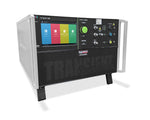
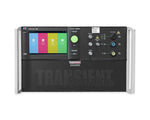
EM Test NX5 bsp-1-400-16 - Rent Transient Generator 400V CDN
- Configuration: 5 kV Surge, 5.5 kV Burst, & Power Fail
- Built-in single phase CDN Max 400 V/16 A AC or DC
- Laptop with iec.control software included
In Stock
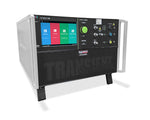
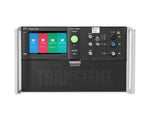
EM Test Compact NX7 - Rent 7 kV Compact Transient Generator
- 7 kV Surge, 5.5 kV EFT, & 7 kV 100 kHz Ringwave
- Built-in single phase CDN Max 300 V/16 A AC or DC
- Laptop with iec.control software included
In Stock
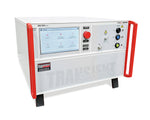
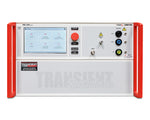
Teseq NSG 3060A - Teseq Transient Generator Test System
- Configured for 6.6 kV Surge & 5.5 kV EFT/Burst
- Built-in single phase CDN Max 300 V/16 A AC or DC
- Model: NSG 3060A-IEC (IEC 61000-4-4/5)
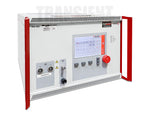
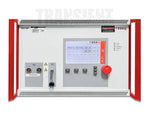
Teseq NSG 3060 - Teseq 6.6 kV Transient Test System
- 6.6 kV Surge, 4.8 kV EFT, & 6.6 kV 100 kHz Ringwave
- External Single Phase CDN Max 270 V/16 A AC or DC
- Laptop with WIN 3000 Software Included
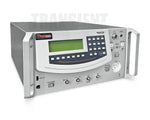
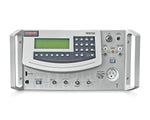
ThermoScientific EMCPro Plus - Rent 6 kV Transient Test System
- 6 kV Surge, 4.4 kV EFT, & 6 kV 100 kHz Ringwave
- Built-in CDN Max 250 V/16 A AC or 100 V/10 A DC
- Capabilities for Voltage Dips Testing
In Stock
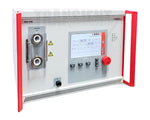
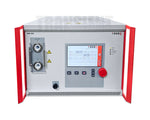
Teseq NSG 3150 - Rent 15 kV Surge Test System
- 15 kV/ 7.5 kA Surge Generator
- External CDN 3153-S63 Included
- Compliant to IEC 61000-4-5
In Stock
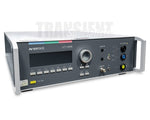
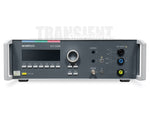
EM Test UCS 500N5E - Rent 5.5 kV EFT/Burst Generator
- Configured for 5.5 kV EFT/Burst Immunity Testing
- Built-in CDN Max 300 V/16 A AC
- Rent Capacitive Clamp for Data Line Testing
In Stock
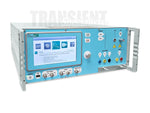
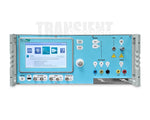
EMC Partner IMU4000 - Rent 4kV EFT, Surge, & Dips System
- 4 kV Surge & 4.4 kV EFT/Burst Capabilities
- CDN Max 280 V/16 A AC or 300 V/16 A DC
- Capabilities for Voltage Dips up to 16 Amps
In Stock


EM Test NX5 bsp-1-300-32 - Rent Transient System 32 Amp CDN
- Configuration: 5 kV Surge, 5.5 kV Burst, & Power Fail
- Built-in single phase CDN Max 300 V/32 A AC or DC
- Laptop with iec.control software included
In Stock
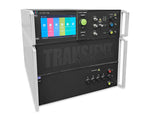
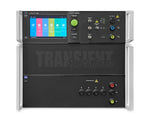
EM Test NX7 bsprt-1-400-32 - Rent Telecom Transient Generator
- 7 kV Surge, Ringwave, Telecom Surge, & 5.5 kV EFT
- Built-in single phase CDN Max 400 V/32 A AC or DC
- 400 Volt Model: bsprt-1-400-32
In Stock
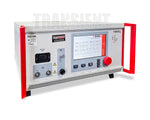
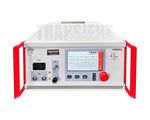
Teseq NSG 3040 - Rent 4.4 kV Surge 4.8 kV EFT Generator
- 4.4 kV Surge & 4.8 EFT Immunity Test System
- Built-in single phase CDN Max 260 V/16 A AC or DC
- Model/Version: NSG 3040-IEC
In Stock
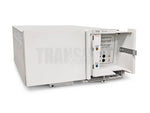
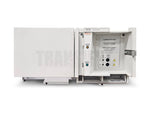
ECAT E510 Rental - 10kV Combination Wave Module
- 10 kV Combination Wave Surge Module
- IEC 61000-4-5 & ANSI C62.41 Compliant
- Must be Used with ECAT E103 Controller
In Stock

